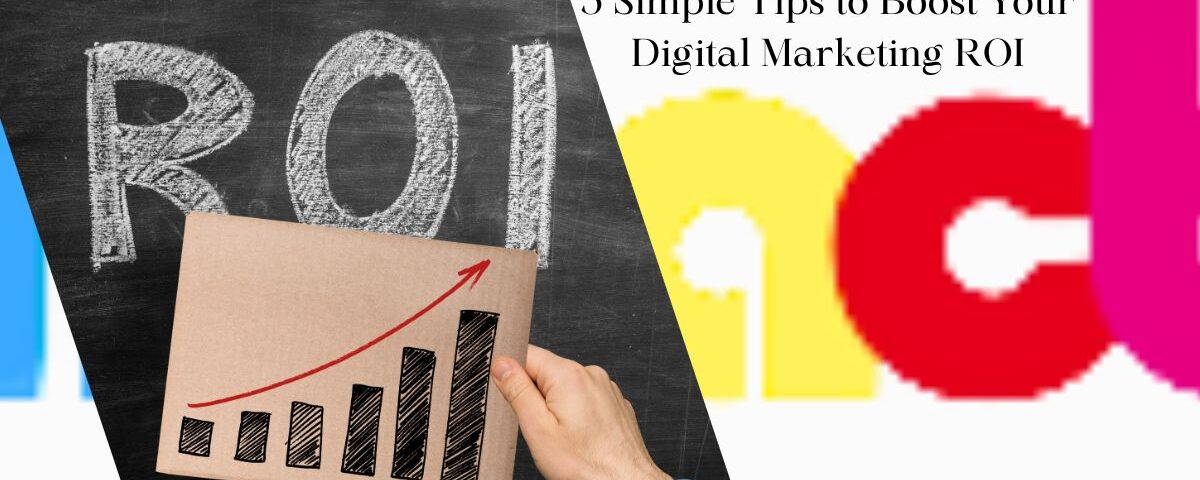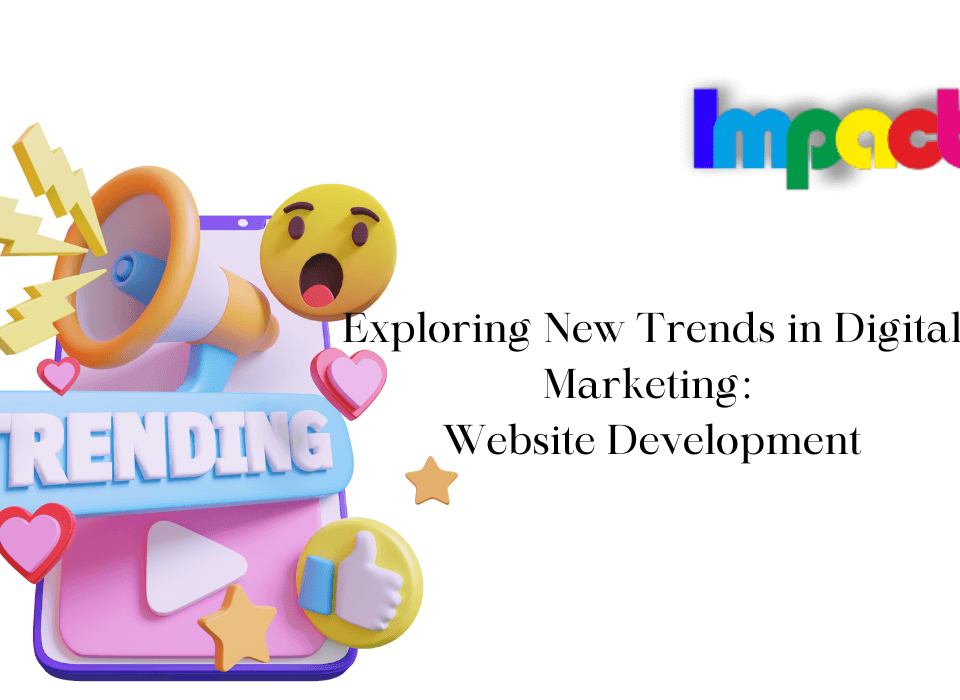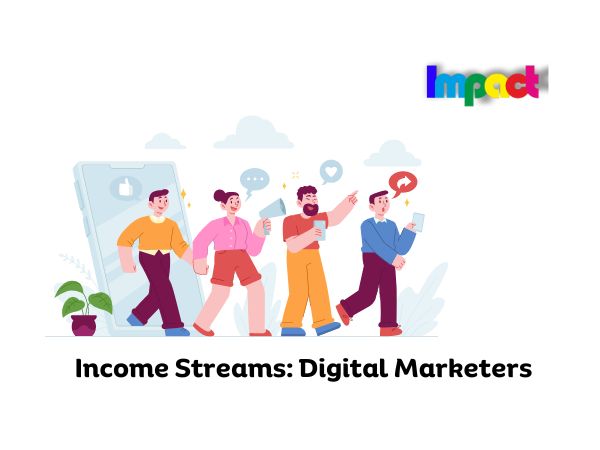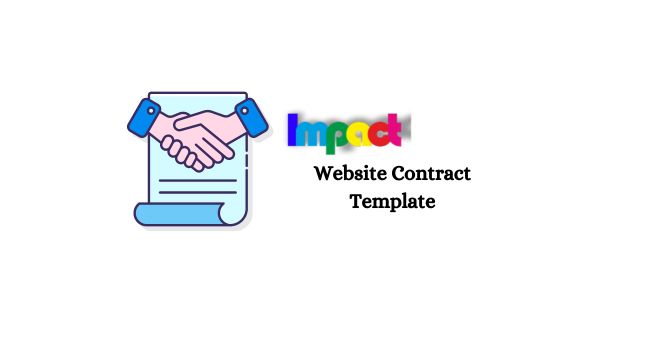Digital marketing is a powerful way to reach and engage your target audience, generate leads, and grow your business. However, digital marketing is also a complex and competitive field that requires constant monitoring, testing, and optimization to achieve the best results. How can you ensure that your digital marketing efforts are paying off and delivering a positive return on investment (ROI)?
ROI is a measure of how much profit you earn from your digital marketing campaigns compared to how much you spend on them. A high ROI means that your digital marketing strategies are effective and efficient, while a low ROI means that you are wasting money and resources on campaigns that do not generate enough revenue.
To calculate your digital marketing ROI, you need to track and measure various metrics and key performance indicators (KPIs) that reflect your goals and objectives. Some of the most common digital marketing metrics and KPIs are:
- Cost per lead (CPL): The amount of money you spend to acquire a lead from your digital marketing campaigns.
- Lead conversion rate (LCR): The percentage of leads that become customers or take a desired action on your website or landing page.
- Customer acquisition cost (CAC): The amount of money you spend to acquire a new customer from your digital marketing campaigns.
- Customer lifetime value (CLV): The estimated amount of revenue that a customer will generate for your business over their entire relationship with you.
- Revenue per customer (RPC): The average amount of revenue that a customer generates for your business in a given period.
- Revenue per lead (RPL): The average amount of revenue that a lead generates for your business in a given period.
Table of Contents
To calculate your digital marketing ROI, you can use the following formula:
[ (Revenue – Cost) / Cost ] x 100 = ROI
For example, if you spent $10,000 on a digital marketing campaign that generated $50,000 in revenue, your ROI would be:
[ ($50,000 – $10,000) / $10,000 ] x 100 = 400%
This means that for every dollar you spent on the campaign, you earned four dollars in return.
However, calculating your digital marketing ROI is not enough. You also need to improve it over time by optimizing your digital marketing strategies and tactics. Here are five simple tips to help you boost your digital marketing ROI and grow your business.
Tip 1: Set clear and realistic goals and objectives
Before you launch any digital marketing campaign, you need to have a clear and realistic idea of what you want to achieve and how you will measure it. Setting SMART goals and objectives can help you define your expectations, track your progress, and evaluate your results.
SMART stands for:
- Specific: Your goals and objectives should be clear, concise, and relevant to your business.
- Measurable: Your goals and objectives should be quantifiable and trackable with metrics and KPIs.
- Achievable: Your goals and objectives should be realistic and attainable with the resources and time available.
- Relevant: Your goals and objectives should be aligned with your overall business vision and mission.
- Time-bound: Your goals and objectives should have a clear deadline or timeframe for completion.
For example, instead of saying “I want to increase my website traffic”, a SMART goal would be “I want to increase my website traffic by 20% in the next three months by implementing SEO best practices”.
Having SMART goals and objectives can help you plan your digital marketing campaigns more effectively, allocate your budget more efficiently, and optimize your ROI more accurately.
Tip 2: Use data and analytics to inform your decisions
Data and analytics are essential tools for any digital marketer who wants to boost their ROI. Data and analytics can help you understand your target audience, their behavior, preferences, needs, pain points, and expectations. Data and analytics can also help you monitor your digital marketing performance, identify what works and what doesn’t, test different variables and scenarios, and optimize your campaigns based on real-time feedback.
Some of the most popular and powerful data and analytics tools for digital marketers are:
- Google Analytics: A free web analytics service that tracks and reports website traffic, conversions, user behavior, demographics, sources, channels, devices, etc.
- Google Search Console: A free web service that helps you monitor, maintain, and troubleshoot your website’s presence in Google search results.
- Google Ads: A paid online advertising platform that allows you to create and run ads on Google’s search engine and network of websites.
- Facebook Ads Manager: A paid online advertising platform that allows you to create and run ads on Facebook’s social network and network of websites.
- HubSpot: A paid software platform that offers various tools for inbound marketing, sales, customer service, CRM, content management, email marketing, social media marketing, etc.
Using data and analytics tools can help you make informed decisions based on facts rather than assumptions or guesses. This can help you improve your digital marketing ROI by targeting the right audience with the right message at the right time through the right channel.
Tip 3: Optimize your website for conversions
Your website is the hub of your digital marketing efforts. It is where you attract, engage, and convert your visitors into leads and customers. Therefore, optimizing your website for conversions is crucial for boosting your digital marketing ROI.
To optimize your website for conversions, you need to focus on three main elements: design, content, and user experience.
- Design: Your website design should be visually appealing, professional, consistent, and responsive. It should reflect your brand identity, personality, and values. It should also be easy to navigate, with clear and intuitive menus, buttons, links, and calls to action.
- Content: Your website content should be relevant, informative, engaging, and persuasive. It should address your audience’s pain points, needs, and expectations. It should also provide value, solutions, and benefits to your visitors. It should also include keywords, headlines, subheadings, images, videos, testimonials, etc. that capture attention and interest.
- User experience: Your website user experience should be fast, smooth, and seamless. It should load quickly, function properly, and be compatible with different browsers and devices. It should also be secure, trustworthy, and compliant with privacy regulations.
Optimizing your website for conversions can help you increase your traffic, reduce your bounce rate, improve your engagement rate, and boost your conversion rate. This can ultimately lead to more leads and sales for your business.
Tip 4: Use targeted and personalized marketing
Targeted and personalized marketing is a strategy that involves creating and delivering customized messages and offers to specific segments of your audience based on their characteristics, behavior, preferences, needs, etc.
Targeted and personalized marketing can help you boost your digital marketing ROI by:
- Increasing your relevance: By tailoring your marketing to your audience’s interests and needs, you can increase your relevance and value to them. This can help you attract more attention, engagement, and loyalty from your audience.
- Improving your efficiency: By focusing your marketing on the most qualified and profitable segments of your audience, you can improve your efficiency and reduce your waste. This can help you save time, money, and resources on your marketing campaigns.
- Enhancing your relationships: By showing your audience that you know them well and care about them individually, you can enhance your relationships with them. This can help you build trust, credibility, and rapport with your audience.
To use targeted and personalized marketing effectively, you need to:
- Segment your audience: Divide your audience into smaller groups based on their demographics (age, gender, location), psychographics (interests, values), behavior (purchase history), or other criteria that are relevant to your business.
- Create buyer personas: Create fictional profiles of your ideal customers based on their characteristics, goals, challenges, motivations, etc. Use these personas to guide your marketing strategy and tactics.
- Customize your marketing: Create and deliver customized messages and offers to each segment or persona based on their needs and expectations. Use various channels and formats such as email marketing (personalized subject lines), social media marketing (personalized ads), content marketing (personalized recommendations), etc.
Using targeted and personalized marketing can help you increase your response rate, conversion rate, customer satisfaction rate, and customer retention rate. This can ultimately lead to more revenue and profit for your business.
Tip 5: Test and optimize your marketing efforts
Testing and optimizing your marketing efforts is a process that involves experimenting with different variables and scenarios in order to find the best combination that produces the highest ROI.
Testing and optimizing your marketing efforts can help you boost your digital marketing ROI by:
- Discovering new opportunities: By testing different aspects of your marketing campaigns such as headlines, images, copy, CTAs, landing pages, etc., you can discover new opportunities for improvement and innovation.
- Solving problems: By testing different solutions to the problems or challenges that you face in your marketing campaigns such as low traffic, high bounce rate, low conversion rate, etc., you can solve them effectively and efficiently.
- Maximizing results: By testing different variations of your marketing campaigns such as A/B testing, multivariate testing, split testing, etc., you can maximize your results and performance.
To test and optimize your marketing efforts effectively, you need to:
- Define your goals and objectives: Define what you want to achieve and how you will measure it.
- Choose your variables and scenarios: Choose what aspects of your marketing campaigns you want to test and what variations or alternatives you want to compare.
- Run your tests: Run your tests using various tools such as Google Optimize, Optimizely, Unbounce, etc.
- Analyze your results: Analyze your results using various tools such as Google Analytics, Facebook Analytics, HubSpot Analytics, etc.
- Implement your learnings: Implement the best practices or changes that you learned from your tests into your marketing campaigns.
Conclusion
Testing and optimizing your marketing efforts is an ongoing and iterative process that can help you boost your digital marketing ROI and grow your business. By following these five simple tips, you can improve your digital marketing strategies and tactics, increase your relevance and efficiency, enhance your relationships and loyalty, discover new opportunities and solutions, and maximize your results and performance. Remember, digital marketing is not a one-time activity, but a continuous learning and improvement journey. Keep testing and optimizing your marketing efforts, and you will see your digital marketing ROI soar. Choose the best digital marketing company for your needs.




